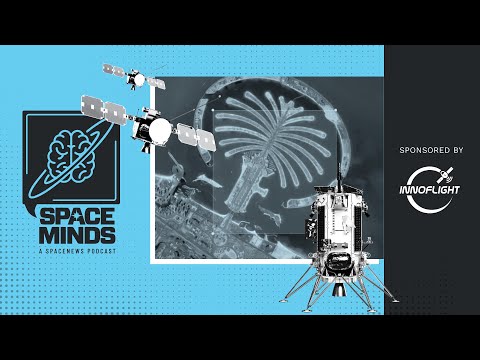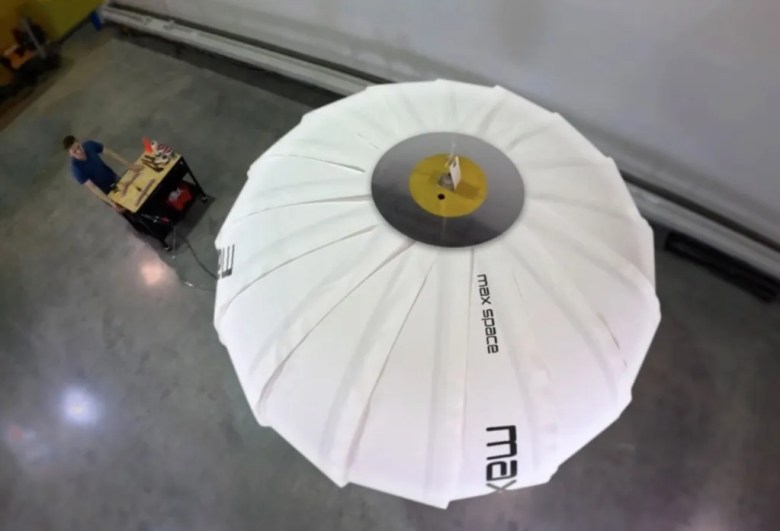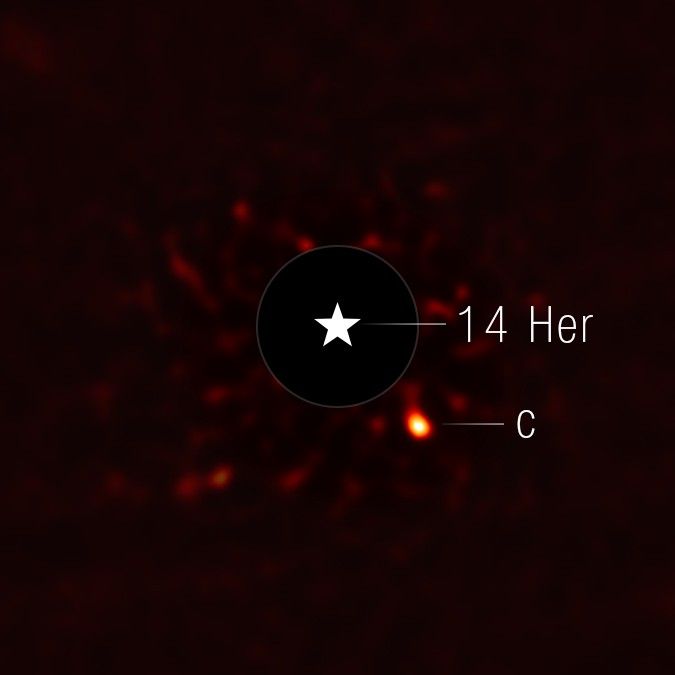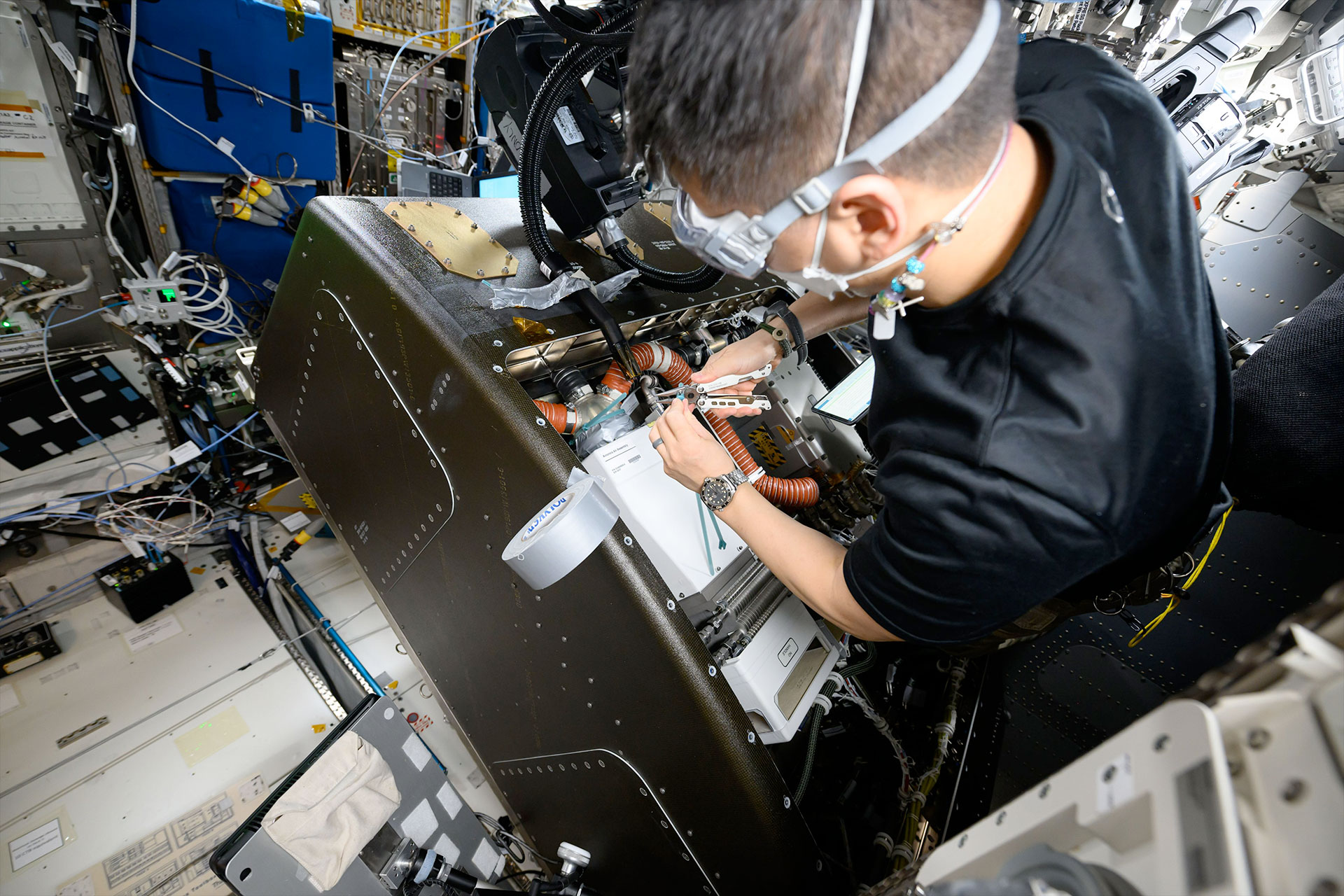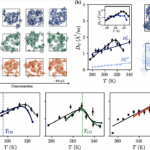Now Reading: ESA studying impacts of proposed NASA budget cuts
-
01
ESA studying impacts of proposed NASA budget cuts
ESA studying impacts of proposed NASA budget cuts
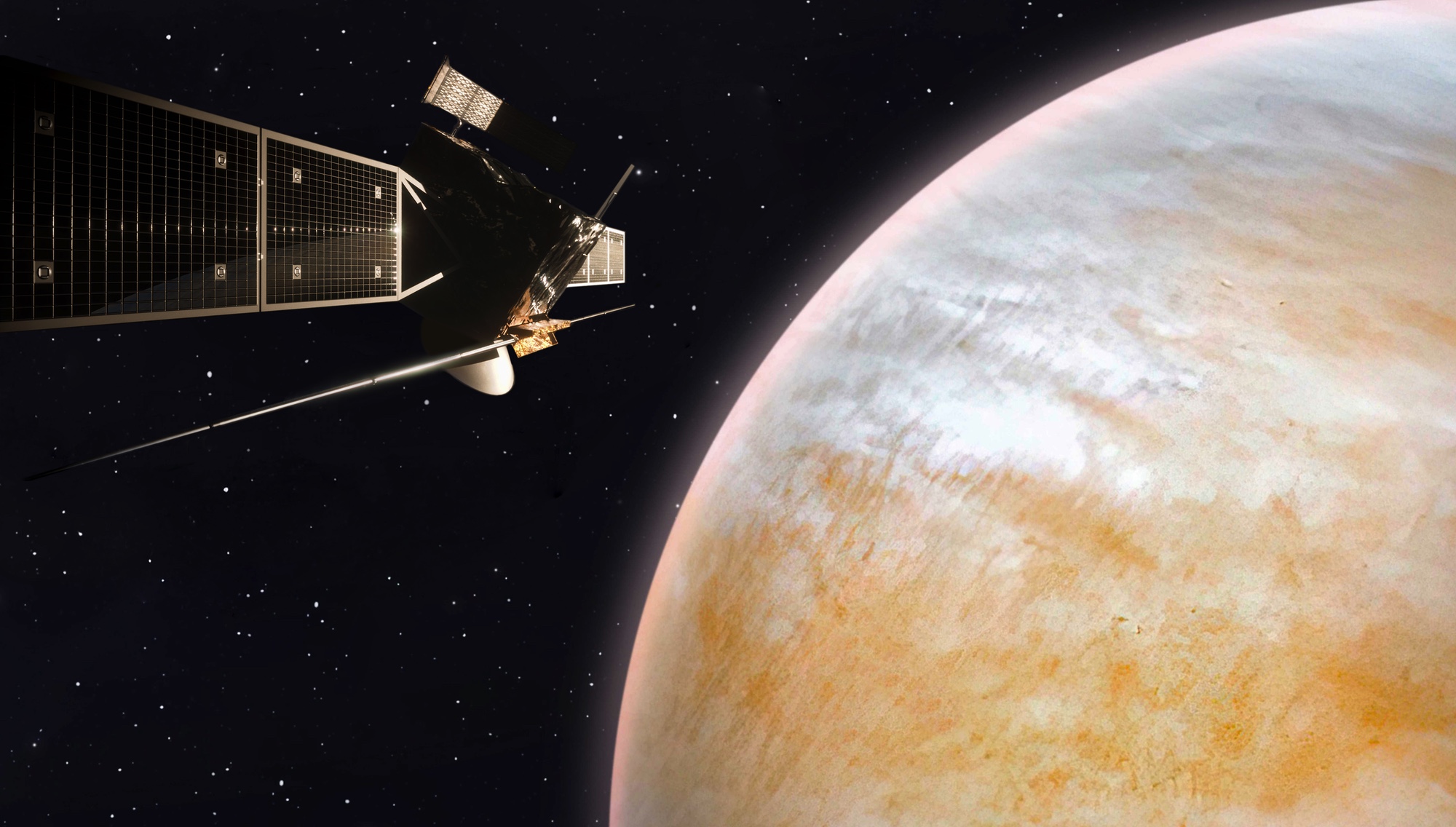

PARIS — The European Space Agency is weighing options for programs affected by proposed major budget cuts at NASA as it also seeks to expand cooperation with other nations.
At a June 12 press briefing after a meeting of the ESA Council, agency officials said they had a “deep discussion” about the fiscal year 2026 budget proposal for NASA released May 30 that would, if enacted, affect science and exploration programs involving the two agencies, from Artemis to Earth science.
“We are impacted on quite of number of domains that, at least for the moment, are proposed for cancellations or reductions,” Josef Aschbacher, ESA director general, said. “We are doing our homework in analyzing what is the impact and what could be options and measures we could take in order to make sure that investments that have been made by our member states are utilized in the best possible way.”
That analysis includes potential actions ESA could take at its ministerial conference in late November, when member states will meet to agree on funding levels for the next three years. It is unlikely that a final 2026 spending bill for NASA will be completed by that meeting.
“We need to assess on one side how much does it cost to wait,” he said, “and how long can we wait, because there are decision points coming up on our side.”
The impacts of the NASA budget cut across ESA, illustrating the significant cooperation between the two agencies. The biggest is in exploration, with the budget proposing an end to the Orion spacecraft, to which ESA provides the service module, after Artemis 3, as well as canceling the lunar Gateway, Mars Sample Return (MSR) and NASA support for ESA’s Rosalind Franklin rover mission.
Work on those efforts is continuing currently, said Daniel Neuenschwander, director of human and robotic exploration at ESA. “Of course, we anticipate options,” he said, such as studying with industry potential, unspecified alternative uses for the Orion service module and the Earth Return Orbiter for MSR.
He said that ESA and its industrial partners are continuing work on the service module, or ESM, for Artemis 4, set for delivery this year. “We are studying with the industry consortium delivering the European service modules some alternative missions for ESM,” he said. “We will continue to deliver the ESM as long as they are needed.”
“We obviously have done our due diligence” analyzing the NASA budget proposal, said Carole Mundell, ESA director of science. She noted there are 19 space science missions ESA operates in cooperation with NASA, 16 of which can continue with “good planning” to mitigate any impacts of the NASA cuts.
Three missions, though, will require “recovery actions” by ESA: the EnVision mission to Venus, the LISA gravitational wave observatory and New Athena, an X-ray observatory. All three are in early stages of development, with ESA counting on significant NASA contributions to implement them.
“We value deeply the collaboration with NASA but we do have the technical capabilities in Europe today should it be necessary” to go it alone, she said.
In Earth observation, the NASA budget proposal would affect missions like Sentinel-6C, the third in a series of spacecraft jointly developed by NASA and ESA to study sea level rise. Simonetta Cheli, ESA’s director of Earth observation, said the agency was looking at potential options if NASA drops out of those missions, but noted ESA was still trying to understand the implications of the budget cuts on other collaboration with NASA.
Aschbacher said that ESA has maintained “close interactions” with NASA on the budget proposal, including briefings from NASA officials. “We have a very open and transparent working relationship,” he said.
Other international cooperation
ESA used the briefing to emphasize that it has a wide range of other international partnerships that could be expanded even if partnerships with NASA shrink.
“ESA is probably the agency that has the most international cooperation agreements,” he said, with more than 300 agreements among agencies large and small. “So we do have already a network, a very strong network, of international cooperation.”
“We are known as a reliable, trusted partner that has always delivered,” he said, “and we will continue to deliver on those promises.”
He said that includes looking for “reinforced partnerships” with countries to compensate for any reductions of cooperation with NASA. One example he gave was an agreement with the Indian space agency ISRO signed in May to cooperate on human spaceflight. That could lead, he said, to ESA astronauts visiting ISRO’s space station planned for the 2030s as one option for European astronauts after the retirement of the International Space Station.
He also noted cooperation with Canada. Aschbacher visited Canada earlier in the month, signing a joint statement reaffirming cooperation with Canada, who is a “cooperating state” of ESA. That was the first visit by an ESA director general to the Canadian Space Agency headquarters in 25 years.
“We got strengthened interest from Canada” to participate in ESA programs ahead of the November ministerial conference, he said, “stronger than in previous ministerials.”
There are limits to ESA’s expanded cooperation. Asked about China, he noted there are some small-scale activities with China in science, such as a joint space science mission called Smile scheduled to launch late this year. “Apart from that at the moment, we have not initiated new discussions with China, so this is at the moment not on our horizon.”
Stay Informed With the Latest & Most Important News
-
 012024 in Review: Highlights from NASA in Silicon Valley
012024 in Review: Highlights from NASA in Silicon Valley -
 02Panasonic Leica Summilux DG 15mm f/1.7 ASPH review
02Panasonic Leica Summilux DG 15mm f/1.7 ASPH review -
 03From Polymerization-Enabled Folding and Assembly to Chemical Evolution: Key Processes for Emergence of Functional Polymers in the Origin of Life
03From Polymerization-Enabled Folding and Assembly to Chemical Evolution: Key Processes for Emergence of Functional Polymers in the Origin of Life -
 04How New NASA, India Earth Satellite NISAR Will See Earth
04How New NASA, India Earth Satellite NISAR Will See Earth -
 05And Thus Begins A New Year For Life On Earth
05And Thus Begins A New Year For Life On Earth -
 06Astronomy Activation Ambassadors: A New Era
06Astronomy Activation Ambassadors: A New Era -
07SpaceX launch surge helps set new global launch record in 2024












